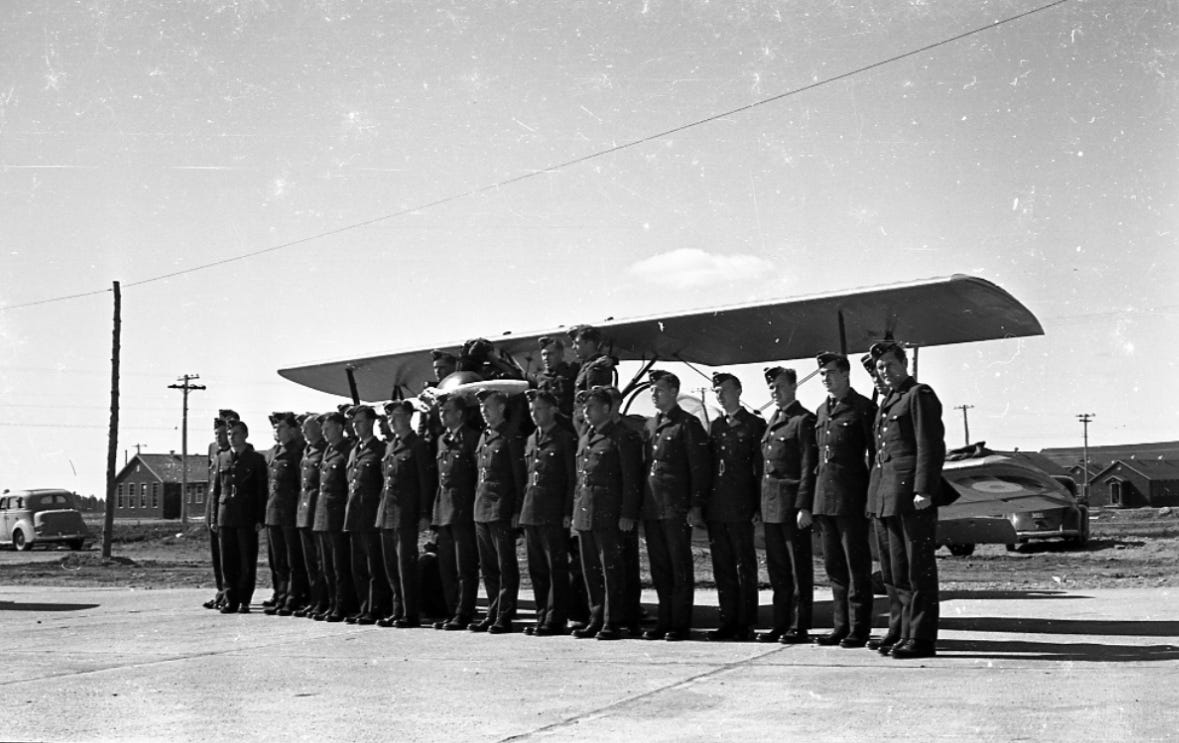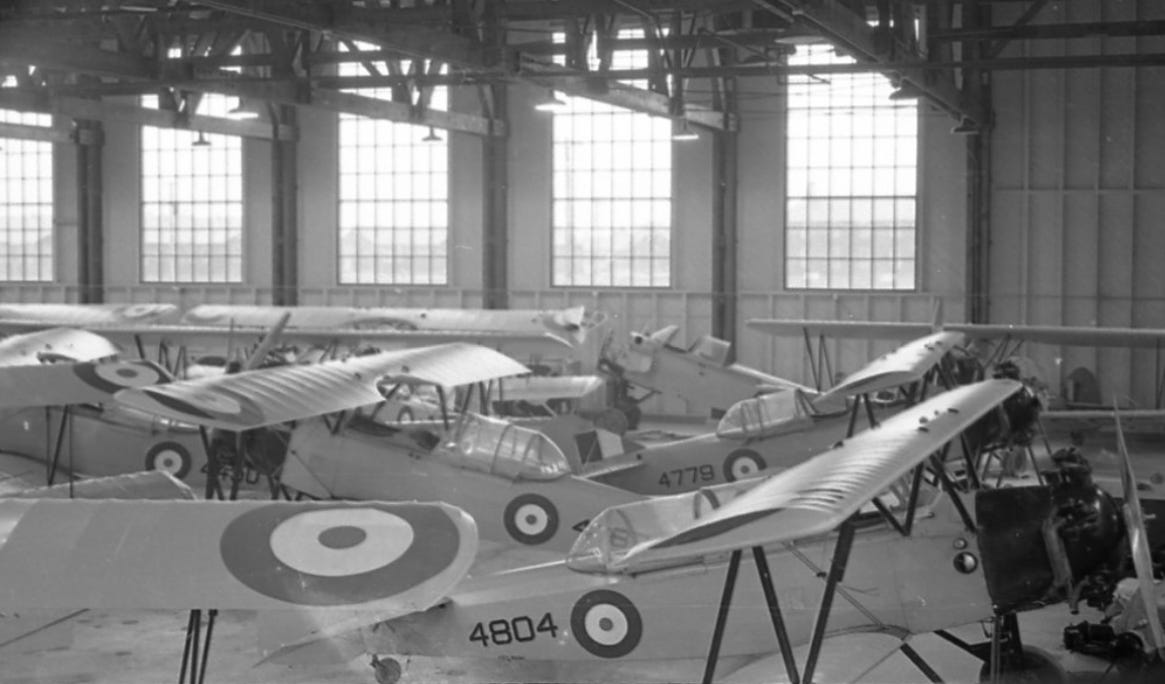VICKERS: The sky guardians that defined CFB Chatham
Former town was once home to prominent air force base and important aircraft

The history of the former Canadian Forces Base Chatham reflects the evolution of military aviation in Canada.
From its inception as a training base before the Second World War to its pivotal role during the Cold War, the aircraft that flew from CFB Chatham reflect the base’s transformation over more than five decades. Each plane, from the early trainers to the supersonic jets, tells a story of technological advancement, military readiness, and the dedication of the aircrews who flew them.
From the first propeller-driven planes to the final jets before the base’s closure, the base had a significant impact on the Miramichi region.
CFB Chatham’s story begins in 1939, with the arrival of the Fleet Finch, a biplane used to train novice pilots under the British Commonwealth Air Training Plan. The Finch was a simple, open-cockpit biplane that introduced young airmen to the basics of flight. It was a critical first step in preparing them for the more complex aircraft they would later fly in combat.
The Finch symbolizes the early days of the base when the focus was on building a foundation for the thousands of airmen who would pass through CFB Chatham during the Second World War.

More advanced aircraft like the Avro Anson were introduced as the war progressed. The twin-engine Anson was versatile as a trainer for navigation, gunnery, and bombing. This aircraft helped prepare aircrews for the rigours of combat missions in Europe.
The shift from biplanes to more sophisticated aircraft like the Anson reflected the growing complexity of the war and the increased demands on military aviation. CFB Chatham became a key training hub during this period, as the war effort required a steady supply of well-trained aircrews.
Keep reading with a 7-day free trial
Subscribe to Northumberland Free Press to keep reading this post and get 7 days of free access to the full post archives.





